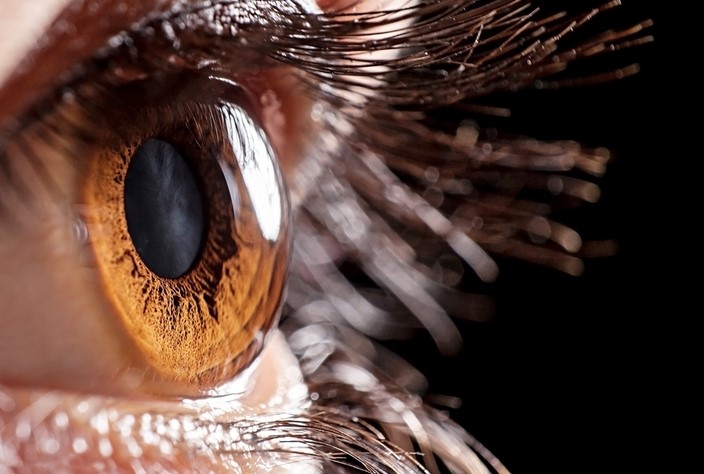
Prosthetic eyeballs are a viable option for those who have lost an eye due to injury, illness, or birth defect. Prosthetic eyes are custom-made to match the size, shape, and color of the patient’s remaining eye, and can be made from a variety of materials, including acrylic, glass, and silicone. Prosthetic eyes can be used to restore the appearance of the eye, as well as to improve vision and protect the remaining eye from further damage. This article will discuss the different types of prosthetic eyes available, the benefits of using a prosthetic eye, and the process of fitting and caring for a prosthetic eye.
Exploring the Benefits of Prosthetic Eyeballs: How They Can Help Restore Vision and Quality of Life
The loss of vision can be a devastating experience, but modern technology has made it possible to restore sight in some cases. Prosthetic eyeballs, also known as ocular prostheses, are artificial eyes that can be used to replace a missing eye or to improve the appearance of a disfigured eye. This article will explore the benefits of prosthetic eyeballs and how they can help restore vision and quality of life.
Prosthetic eyeballs are custom-made to fit the individual’s eye socket. They are made from a variety of materials, including acrylic, glass, and silicone. The prosthetic is designed to match the size, shape, and color of the patient’s natural eye. The prosthetic is then attached to the eye socket with a special adhesive.
Prosthetic eyeballs can help restore vision in several ways. First, they can provide a more natural appearance to the eye socket, which can help improve self-esteem and confidence. Second, they can help protect the eye socket from further damage or infection. Finally, they can help improve the patient’s vision by providing a more natural field of view.
In addition to restoring vision, prosthetic eyeballs can also help improve quality of life. For example, they can help reduce the risk of infection and inflammation in the eye socket. They can also help reduce the risk of dry eye syndrome, which can cause discomfort and blurred vision. Finally, they can help improve the patient’s ability to participate in activities such as sports and swimming.
Prosthetic eyeballs can be a life-changing experience for those who have lost an eye or have a disfigured eye. They can help restore vision and improve quality of life. If you or someone you know is considering a prosthetic eye, it is important to consult with an ophthalmologist to determine if it is the right option for you.
Understanding the Different Types of Prosthetic Eyeballs: What to Consider When Choosing the Right Option for You
When it comes to choosing the right prosthetic eyeball for you, there are a few important factors to consider. Prosthetic eyeballs come in a variety of shapes, sizes, and materials, and it is important to understand the differences between them in order to make an informed decision. This article will provide an overview of the different types of prosthetic eyeballs and the factors to consider when selecting the right option for you.
The first type of prosthetic eyeball is a scleral shell. This type of prosthetic is made from a thin, lightweight material and is designed to fit over the existing eye socket. It is typically made from a combination of acrylic and silicone and is designed to provide a natural-looking appearance. The scleral shell is the most common type of prosthetic eyeball and is often used for cosmetic purposes.
The second type of prosthetic eyeball is an orbital implant. This type of prosthetic is made from a solid material, such as titanium or stainless steel, and is designed to replace the entire eye socket. It is typically used for medical purposes, such as to correct vision problems or to provide support for the eye socket after an injury.
The third type of prosthetic eyeball is an artificial eye. This type of prosthetic is made from a combination of acrylic and silicone and is designed to provide a realistic-looking appearance. Artificial eyes are typically used for cosmetic purposes and are often used in conjunction with a scleral shell.
When selecting the right prosthetic eyeball for you, it is important to consider the size and shape of your eye socket, as well as the type of material that will best suit your needs. Additionally, it is important to consider the cost of the prosthetic, as well as any potential risks associated with the procedure.
By understanding the different types of prosthetic eyeballs and the factors to consider when selecting the right option for you, you can make an informed decision that will best meet your needs. With the right prosthetic, you can enjoy a natural-looking appearance and improved vision.
Conclusion
prosthetic eyeball restoration is a viable option for those who have lost an eye due to injury or disease. It can provide a realistic appearance and improved vision, as well as a sense of normalcy and improved self-esteem. While the cost of prosthetic eyeball restoration can be high, the benefits of improved vision and improved self-esteem can be invaluable. With the right care and maintenance, a prosthetic eye can last for many years, providing a long-term solution for those who have lost an eye.